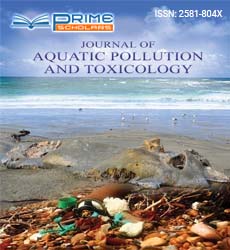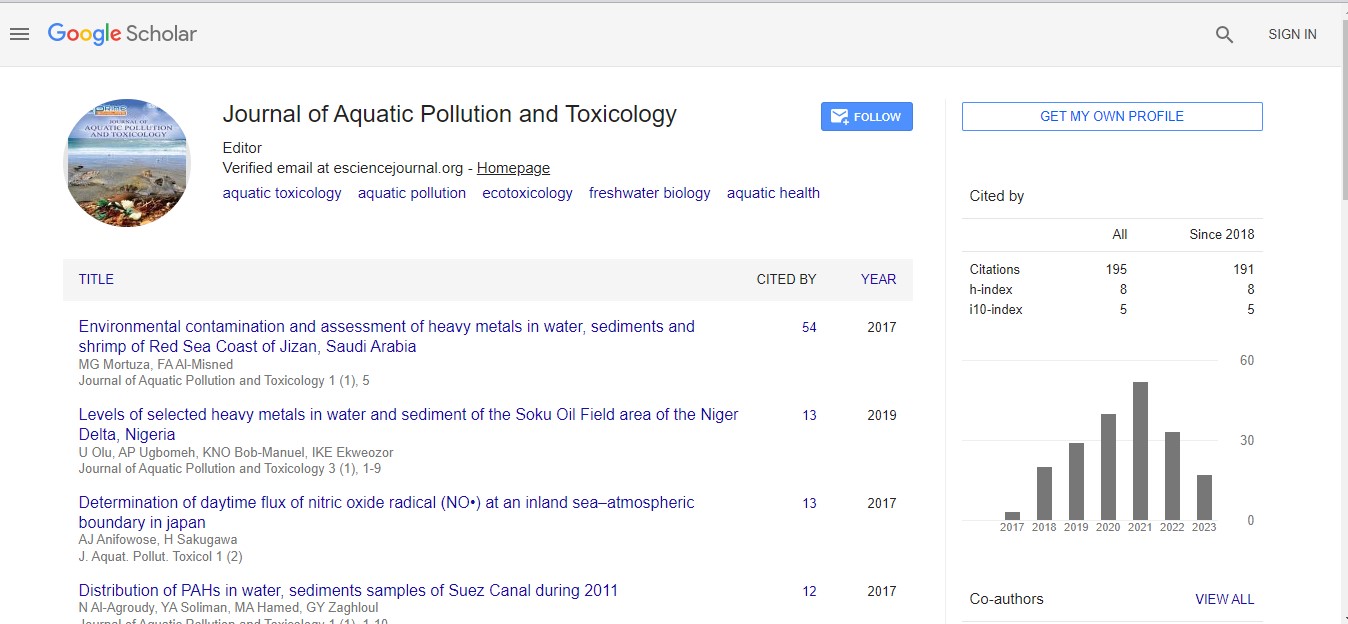Opinion Article - (2022) Volume 6, Issue 5
The Impact of Rainfall In Determining The Shallow Seepage Of Toxins In The Piedmont Summer Pasture
Fawei Zhang*
Department of Environmental Sciences, Chinese Academy of Science, People's Republic of China
*Correspondence:
Fawei Zhang,
Department of Environmental Sciences, Chinese Academy of Science,
People's Republic of China,
Email:
Received: 31-Aug-2022, Manuscript No. IPJAPT-22-14766;
Editor assigned: 02-Sep-2022, Pre QC No. IPJAPT-22-14766 (PQ);
Reviewed: 16-Sep-2022, QC No. IPJAPT-22-14766;
Revised: 21-Sep-2022, Manuscript No. IPJAPT-22-14766 (R);
Published:
28-Sep-2022, DOI: 10.21767/2581-804X-6.5.53
INTRODUCTION
The Piedmont summer meadows are generally normal meadows,
located at the foot of the mountains, with a soil depth of
less than 40 cm. Given the severity of the center, it is all the more
important that it has been severely damaged and could have significant
impacts on the ecosystem’s hydrological cycle and water
use planning. In this review, we use a miniature lysimeter to
study the contingency cases (probability and total) and potential
ecology of shallow soil erosion in the summer snow-capped foothills
of Piedmont in the northeastern Qinghai-Tibetan Plain. Control
was measured. Higher precipitation and shallower soil layers
in summer meadows are correlated with winter meadows, so we
speculated that soil leakage in summer meadows depends on
precipitation. All shallow ground lickings were performed in the
snow covered summer fields of Piedmont during the non-freezing
period from April to September. Daily 30 minute returns of
precipitation and soil moisture content determined the potential
for daily soil drainage. Total daily soil drainage was closely related
to total daily precipitation.
Description
Monthly soil drainage he peaked in September, followed by June,
July, August and May, all controlled by total monthly rainfall. Total
annual soil leaching equaled approximately one-fifth of annual
precipitation. Our results revealed that precipitation, including
repetition and totality, played an important role in the occasional
type of shoal run off. Precipitation and return had a decisive
effect on the magnitude of the leakage current. These findings
revealed that continuous low-volume precipitation tends to increase
soil drainage. This was mainly due to the fact that solid
precipitation activates surface runoff more than bottom runoff.
In addition, the highly water-conducting, coarse-grained and
highly porous soils in our region would be susceptible to precipitation
intrusion. On the other hand, more repetitive precipitation leads to longer cloud days, resulting in lower net radiation doses
and potential water savings from under-evaporation. Taken together,
rainfall, including total and re-precipitation, addressed
shallow ground licking the Piedmontese hilltops. Nevertheless,
it should be noted that our analysis avoided the influence of
horizontal bottom currents from melt water, which could reduce
the water source and subsequently misjudge bottom drainage.
There is. Future surveys will be needed to measure this subsurface
hydrology, along with meadow decay and resulting surface
heterogeneity. With that in mind, the risk of evapotranspiration
should be somewhat small, and soil water cannot be discharged
in large quantities to limit soil drainage. Considering this may
be confirmed to some extent by the fact that the difference in
soil drainage between day and night is not so large. In addition,
total precipitation, if recurrence of precipitation was avoided in
the calculated model, became the main variable for soil leakage
probability.
Conclusion
Overall, in addition to increasing soil water content and decreasing
evapotranspiration runoff, precipitation had a significant
impact on soil leaching potential in summer upland clearings in
Piedmont. Soil leaching is an important component of the Earth’s
water budget and plays a fundamental role in the flow of springs
and rivers. This is especially true for high-altitude snow-capped
areas widely alluded to as wetland “water towers.” Owing to the
occasional freeze-thaw cycles and the characteristic delineation
of natural material along high crest soil profiles, soil leakage is
significant but not effectively captured by hydrological processes.
Be that as it may, past explores are normally founded on model
re-enactments; hardly any observational examinations have
been led in chilly regions. Thusly, measuring the dirt leakage and
its basic natural controls would additionally work on our insight
into the eco-hydrological processes and the assessments of water
assets over elevated districts.
Citation: Zhang F (2022) The Impact of Rainfall in Determining the Shallow Seepage of Toxins in the Piedmont Summer Pasture.
J Aquat Pollut Toxicol. 6:53.
Copyright: © 2022 Zhang F. This is an open-access article distributed under the terms of the Creative Commons Attribution License,
which permits unrestricted use, distribution, and reproduction in any medium, provided the original author and source
are credited.

